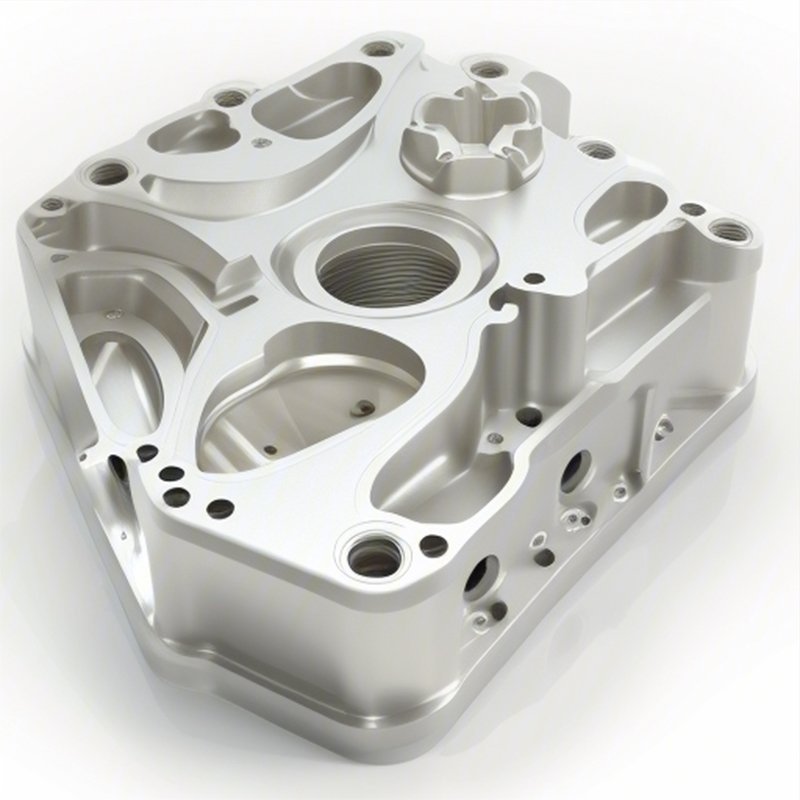Introduction
CNC (Computer Numerical Control) machining has become a cornerstone in modern manufacturing due to its ability to produce intricate parts with high precision and consistency. This article will analyze CNC machining processes and the steps involved in producing parts through this advanced technology. Understanding these processes can enhance efficiency, improve quality, and reduce production costs, making it essential for manufacturers.
Understanding CNC Machining Processes
CNC machining encompasses various methods used to shape raw materials into finished parts. Key processes include milling, turning, and drilling, each with its unique characteristics and applications. For instance, turning is primarily used for cylindrical parts, while milling accommodates more complex geometries.
The choice of process depends on several factors including:
- Material type
- Required tolerances
- Production volume
Steps in CNC Machining for Parts Production
- Design and CAD Modeling
The first step involves creating a Computer-Aided Design (CAD) model of the part. This model serves as the blueprint for the CNC machine, detailing dimensions and annotations. It’s crucial to ensure the design is feasible for production to avoid costly modifications later.
- Selecting the Right CNC Machine
Based on the part design, manufacturers must choose an appropriate CNC machine. Factors such as the part’s size and complexity, materials, and desired production speed play significant roles in this selection process.
- Tool Selection and Setup
Once the machine is ready, selecting the right tools is next. The type of cutting tools significantly impacts machining efficiency and part quality. For example, carbide tools are generally favored for their durability in hard materials.
- Programming the CNC Machine
Programming is where the magic happens. Using software like G-code allows operators to instruct the CNC machine on how to move the cutting tool. Ensuring the code is error-free is crucial, as mistakes can lead to machine damage or part wastage.
- Machining Process
At this stage, the actual machining occurs. Operators closely monitor the process to detect any abnormalities. Proper adjustments are made based on real-time feedback to ensure the machining remains within specified tolerances.
- Post-Processing and Quality Control
After machining, parts often require finishing processes like sanding or polishing. Quality control checks, such as measurement and inspection against design specs, ensure that the parts meet all requirements.
Challenges in CNC Machining
Despite its advantages, CNC machining faces certain challenges:
- Material Limitations
Some materials may be challenging to machine due to their hardness or brittleness. Understanding these limitations is essential for selecting the right tools and processes.
- Cost-Effectiveness
High precision often comes with a higher cost. Balancing production quality with costs requires strategic planning and careful process selection.
Conclusion
CNC machining continues to revolutionize the manufacturing landscape, offering unmatched precision and efficiency. By analyzing the processes and steps involved, manufacturers can optimize their operations, leading to better quality products and reduced costs. As technology evolves, staying updated with the latest techniques and tools will further enhance the capabilities of CNC machining.
By following these guidelines and understanding the intricacies of CNC machining, manufacturers can effectively enhance their production processes and achieve their desired results.





